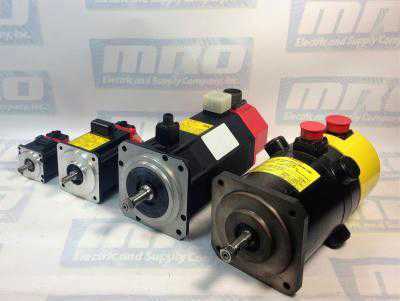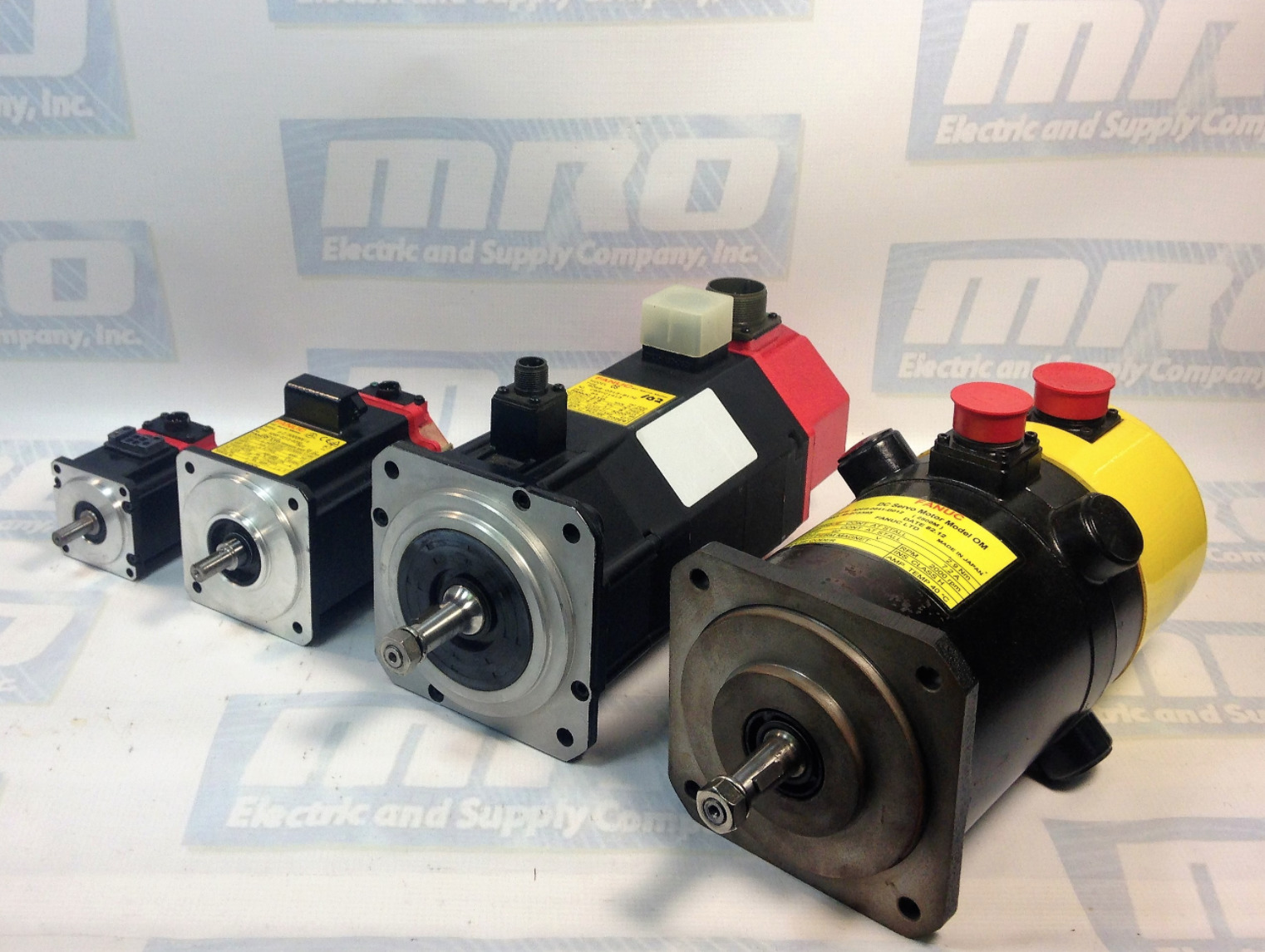As many machine automation professionals know, deciding on which PLC to work with can be one of the most difficult decisions you have to make when organizing your control system. There is no one size fits all equation, so are here are some guidelines I use.
Brand – Many of the major players such as have small, medium, and large-scale PLCs. Always consider when brands the end user already is using. Things will always go smoother if the maintenance personnel is already accustomed to the brand of PLC you choose. Also, try to pick a brand that will have stellar local support for the end user if you are not in the area.
Sizing – Sizing a PLC is imperative to the success of your project. If you go too small, you may max out your I/O (such as this Modicon Quantum I/O)on changes and additions. On the other hand, if you go too large, you may blow go over your budget. Leaving room for expansion is ideal, but, in the long run, going over your budget is not practical.
- Count up your:
- Discrete input points
- Discrete output points
- Analog input points
- Analog output points
- Communications. regularly have a port available on the PLC to communicate with it from your laptop without disconnecting other devices. With modern PLCs with several communications methods, there is no reason for this to happen.
- Will you need remote I/O? This can reduce installation time and troubleshooting in the long term.
- Will your system utilize an HMI? How will you communicate with it?
- Having a way to remotely monitor your PLC is becoming standard practice.
MRO Electric and Supply has new and refurbished Omron and Siemens products available. We also offer repair pricing. For more information, please call 800-691-8511 or email sales@mroelectric.com.
Updated on May 18, 2020 by Brian Hughes

